Customizing Your Condensate Line Check Valve for Low Cracking Pressures
Understanding Low Cracking Pressure in Condensate Lines
O ne of the most common issues in steam systems is the pooling of steam condensate — a byproduct of all steam processes — inside of the equipment. When released from a high-pressure area to a low-pressure area, pooled condensate can flash, or quickly heat back up into steam, resulting in extreme pressure spikes, audible banging noises, valve and steam line failure, and even full equipment failure.
ne of the most common issues in steam systems is the pooling of steam condensate — a byproduct of all steam processes — inside of the equipment. When released from a high-pressure area to a low-pressure area, pooled condensate can flash, or quickly heat back up into steam, resulting in extreme pressure spikes, audible banging noises, valve and steam line failure, and even full equipment failure.
To mitigate these risks, manufacturers in the chemical processing industry incorporate steam traps and condensate drain systems into their equipment. These applications also utilize in-line check valves in the condensate system piping to allow flow in only one direction — from low pressure to high pressure — before sealing.
Cracking pressure, or the minimum upstream pressure at which the valve can operate, is a critical aspect of check valve applications. To help manufacturers ensure they use the best components for their processing system, check valves can be designed and specified for unique cracking pressures.
Customizing Your Condensate Line Check Valve
There are a few key considerations to keep in mind when selecting check valves for steam applications. Important factors include:
- Sealing ability
- Resiliency — Resilient, reliable seals will provide a long-lasting, leak-tight seal through the use of engineered elastomers; these seals are highly resistant to abrasion and are mainly used for low-pressure environments (up to 500 psig).
- Metal-to-metal — More reliable for piping systems with temperature and pressure changes, metal-to-metal seals are able to withstand higher contact forces and pressures (exceeding 500 psig).
- Non-slam characteristics — The valve must be able to close quickly to prevent the reverse flow that can result from steam condensate flashing. Factors that influence non-slam characteristics include:
- Disc location in the full open position
- Length of stroke to close
- Presence of a closure mechanism, either internal or external to the valve
- Orientation of the valve and piping
To learn more about methods for eliminating steam condensate issues in chemical processing operations, download a copy of our eBook, “The Challenge with Steam Condensate.”






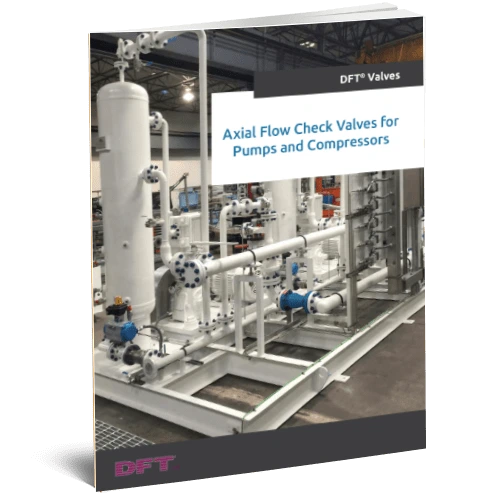
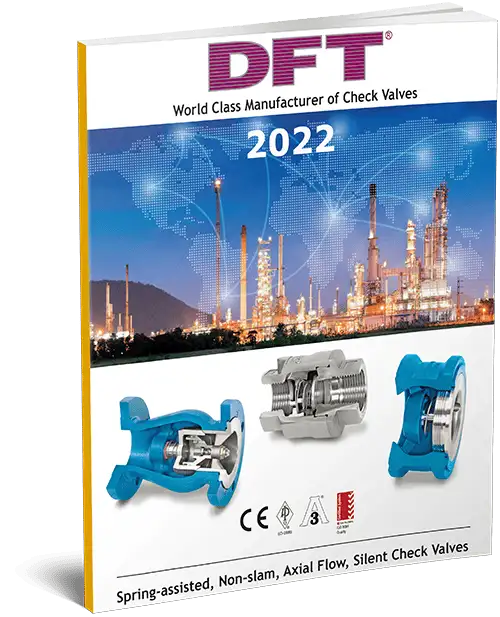
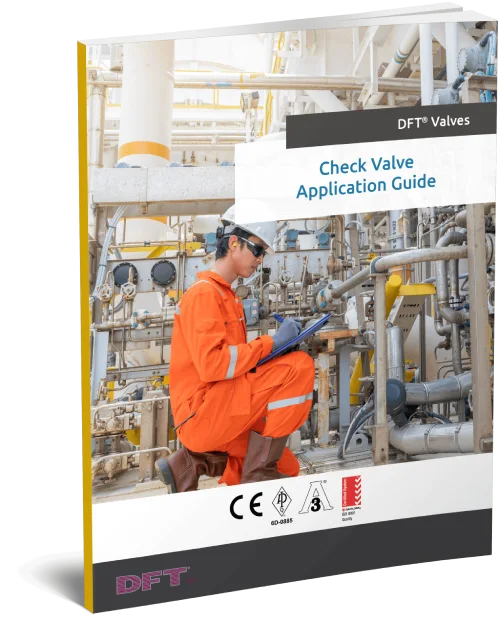

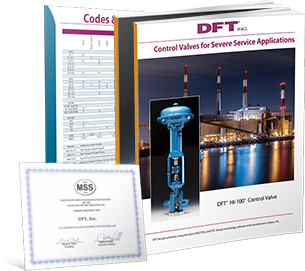
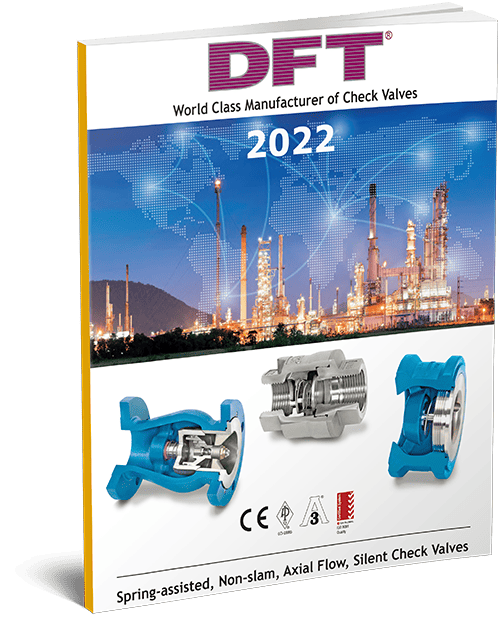
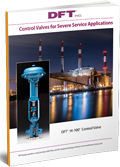
2 Comments
techsolute
you have given a very good information on steam condensate issues.
Thanks
techsolute
You have given a very good information on steam condensate issues.
Tnanks